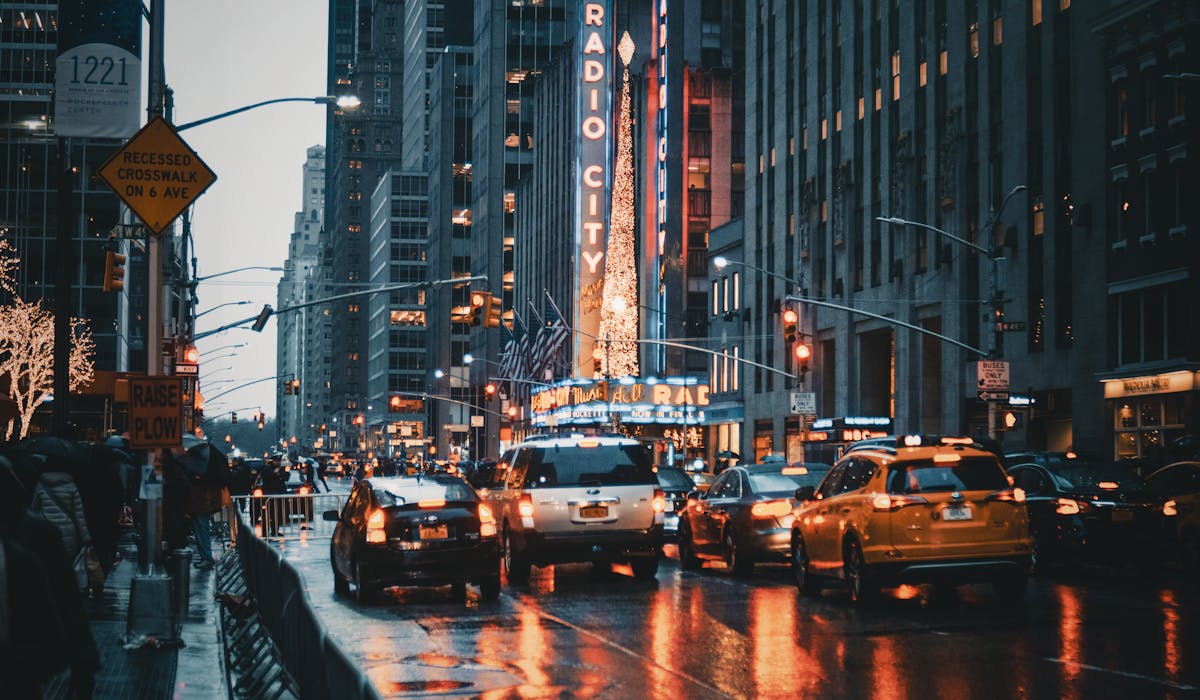The Only Guide to Framing Streets
The Only Guide to Framing Streets
Blog Article
Fascination About Framing Streets
Table of ContentsWhat Does Framing Streets Mean?The Ultimate Guide To Framing StreetsFraming Streets Fundamentals ExplainedWhat Does Framing Streets Mean?Some Of Framing StreetsThe Best Guide To Framing Streets
Digital photography category "Crufts Canine Show 1968" by Tony Ray-Jones Road photography (likewise in some cases called candid digital photography) is photography conducted for art or questions that features unmediated opportunity encounters and arbitrary events within public locations, usually with the purpose of recording pictures at a definitive or emotional moment by cautious framework and timing. 
9 Easy Facts About Framing Streets Described
Susan Sontag, 1977 Street digital photography can concentrate on individuals and their behavior in public. In this regard, the road digital photographer resembles social docudrama professional photographers or photographers that additionally operate in public areas, yet with the objective of recording relevant occasions. Any one of these photographers' photos may capture individuals and building noticeable within or from public areas, which commonly entails browsing ethical problems and laws of privacy, safety, and building.
Depictions of day-to-day public life create a style in almost every period of globe art, beginning in the pre-historic, Sumerian, Egyptian and early Buddhist art durations. Art taking care of the life of the road, whether within views of cityscapes, or as the dominant concept, shows up in the West in the canon of the North Renaissance, Baroque, Rococo, of Romanticism, Realistic look, Impressionism and Post-Impressionism.
The Single Strategy To Use For Framing Streets
Louis Daguerre: "Boulevard du Holy place" (1838 or 1839) In 1838 or 1839 the first photograph of figures in the street was tape-recorded by Louis-Jacques-Mand Daguerre in among a pair of daguerreotype views extracted from his workshop home window of the Boulevard du Holy place in Paris. The 2nd, made at the height of the day, reveals an uninhabited stretch of street, while the other was taken at about 8:00 am, and as Beaumont Newhall reports, "The Blvd, so constantly loaded with a moving bunch of pedestrians and carriages was perfectly singular, except an individual that was having his boots brushed.
, that was motivated to embark on a similar paperwork of New York City. As the city developed, Atget aided to advertise Parisian streets as a worthy topic for digital photography.

Some Ideas on Framing Streets You Should Know
Martin is the first videotaped photographer to do so in London with a masked camera. Mass-Observation was a social research study organisation established in 1937 which intended to record daily life in Britain and to videotape the reactions of the 'man-in-the-street' to King Edward VIII's abdication in 1936 to marry separation Wallis Simpson, and the succession of George VI. The chief Mass-Observationists were anthropologist Tom Harrisson in Bolton and poet Charles Madge in London, and their very first record was produced as guide "May the Twelfth: Mass-Observation Day-Surveys 1937 by over two hundred onlookers" [] Home window cleaner at Kottbusser Tor, Berlin, by Elsa Thiemann c. 1946 The post-war French Humanist Institution photographers discovered their topics on the street or in the restaurant. In between 1946 and 1957 Le Groupe des XV yearly showed job of this kind. Andre Kertesz. Circus, Budapest, 19 May 1920 Road digital photography formed the significant material of 2 events at the Museum of Modern Art (Mo, MA) Read Full Report in New york city curated by Edward Steichen, 5 French Professional Photographers: Brassai; Cartier-Bresson, Doisneau, Ronis, Izis in 1951 to 1952, and Post-war European Digital Photography in 1953, which exported the principle of street digital photography internationally.

Excitement About Framing Streets
, after that an educator of young kids, connected with Evans in 193839.'s 1958 publication,, was substantial; raw and usually out of focus, Frank's pictures examined mainstream photography of the time, "challenged all the formal policies laid down by Henri Cartier-Bresson and Pedestrian Evans" and "flew in the face of the wholesome pictorialism and heartfelt photojournalism of American magazines like LIFE and Time".
Report this page